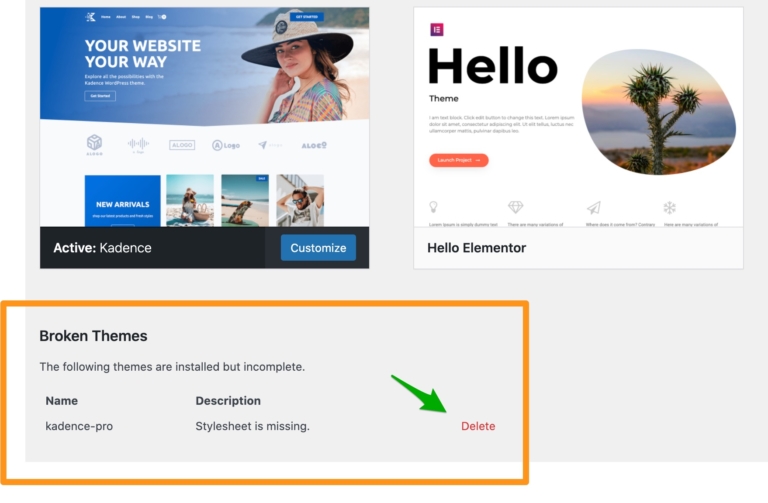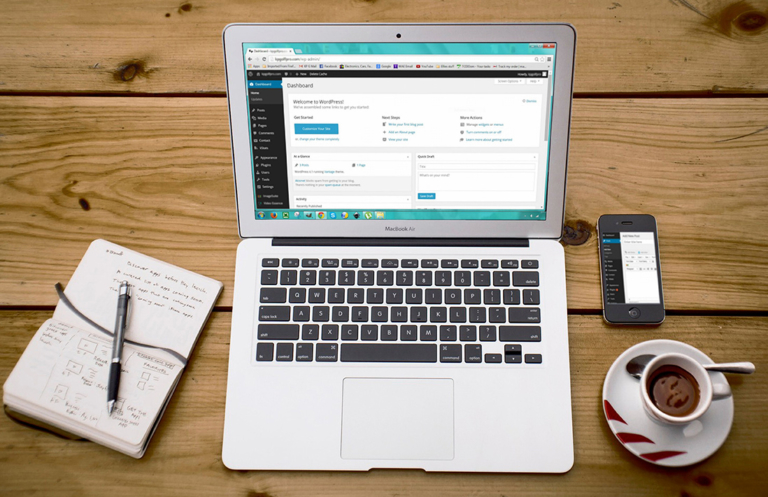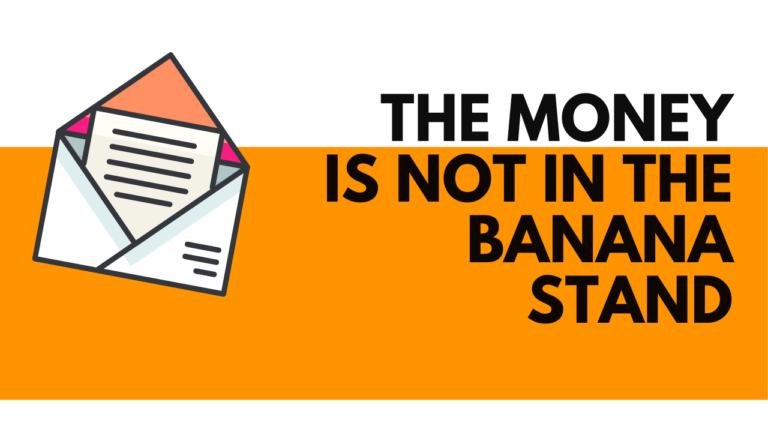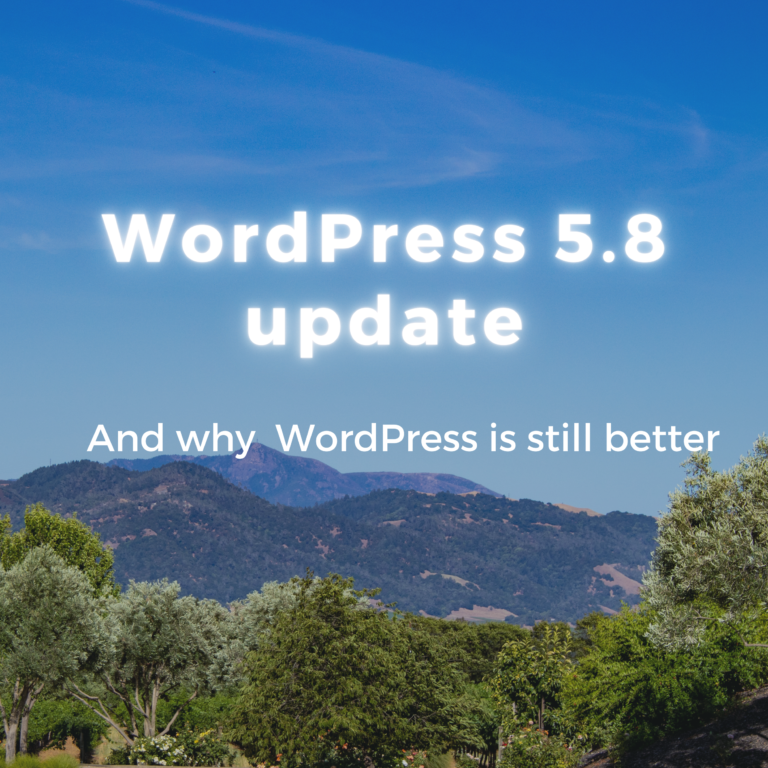7 Essential Ingredients for a Winning Business Newsletter
In this blog post, we'll discuss the key components necessary for launching a successful business newsletter. A newsletter should be part of any solid digital marketing strategy.
It can be a valuable marketing tool, helping you stay connected with your customers and keep them informed about your products and services.
In order to make sure your newsletter is effective, there are several things you'll need to consider and put in place.
We'll outline these components in more detail below.
Key Component #1: A Way to Collect Email Addresses
First and foremost, you'll need a way to collect email addresses from your customers and subscribers. This can be done through a sign-up form on your website, a paper sign-up sheet at your physical location, or any other method that allows you to capture email addresses.
It's important to make it easy for people to sign up for your newsletter, as this will help you build a larger email list and reach more people with your messages.
Most ESPs (covered next) have templates you can use to create landing pages used to collect email addresses.
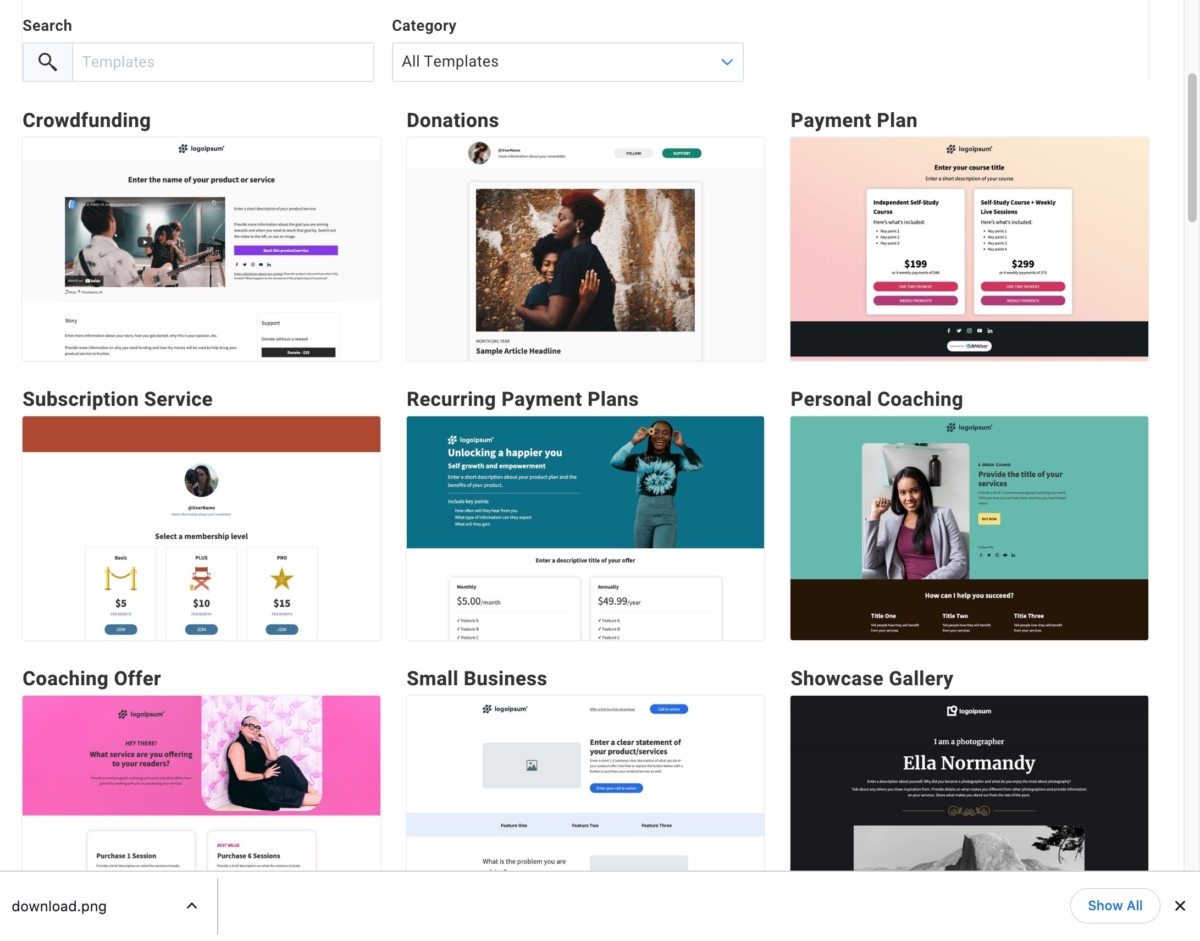
Key Component #2: An Email Service Provider (ESP)
Once you have a list of email addresses, you'll need an email service provider (ESP) to handle the actual sending of your newsletters. There are many different ESPs to choose from, and they offer a variety of features such as templates, analytics, and integration with other marketing tools.
Some popular options include Constant Contact, GetResponse, Campaign Monitor, and others; we use and recommend Aweber (affiliate link) as you can see on our preferred partners page.
PLEASE NOTE: We DO NOT recommend the Chimp one because of this.
When selecting an ESP, consider your budget, the number of emails you'll send, and any special features you might need. In regards to the budget consideration, you can start for free with AWeber.
Key Component #3: Tools for Creating Content
In addition to an ESP, you'll also need a way to create the content for your newsletter. This could be as simple as writing a few paragraphs of text and adding some images, or it could involve creating more complex layouts with multiple columns and graphics.
You could also use your website as the content for your newsletter by writing blog posts and sending these to your subscribers. Don't fall into the trap of thinking that you don't have anything worth sharing, it's a business newsletter, you can share anything about your business.
Depending on your skill level and the resources available, you may consider using a tool like Adobe InDesign or Canva (aff) to help design the look and feel of your newsletter. Most of the ESPs also have tools to design the newsletter built in.
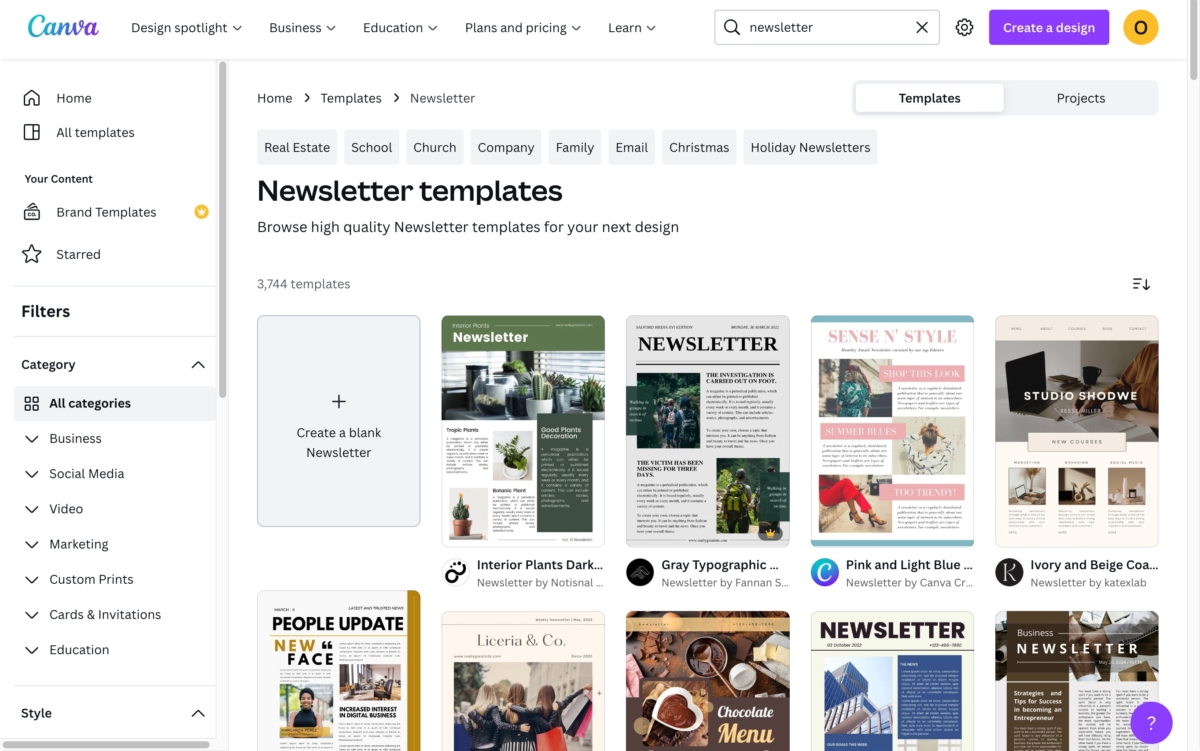
It's important to create engaging and relevant content for your audience, as this will help keep them interested in your newsletters and more likely to continue reading time and time again and increase their loyalty to your business.
Key Component #4: A Physical Mailing Address
Finally, it's important to remember that you'll need a physical mailing address to use as the “from” address on your newsletters. This is because the laws governing email marketing require you to provide a way for people to contact you if they have any questions or concerns about your newsletters.
A physical mailing address also gives your newsletter a sense of legitimacy and professionalism. Make sure to use a professional-sounding email address consistent with your business branding, as this will help you build trust with your subscribers.
Key Component #5: A Schedule for Sending Your Newsletter
In order to keep your subscribers engaged and interested, it's important to have a consistent schedule for sending your newsletters. This could be weekly, monthly, or any other frequency that works for your business. Once you have thought about your content for the newsletter, most ESPs have scheduling systems to help you with this.
A set schedule will help you build a sense of anticipation among your subscribers and ensure that you stay on top of things.
Key Component #6: A Way to Track and Analyze the Effectiveness of Your Newsletter
In order to know whether your newsletter is achieving its goals, you'll need to have a way to track and analyze its performance. This could involve using the analytics tools provided by your ESP, or integrating other tools such as Google Analytics to track website traffic and conversions.
By regularly analyzing the data, you can see what's working and what's not, and make any necessary adjustments to improve the effectiveness of your newsletter. AWeber has built-in analytics and can also connect to your website to get a more in-depth analysis of how effectively it sends people to visit it.
Key Component #7: A Way to Grow Your Email List
In order to reach more people with your newsletters, you'll need to continuously grow your email list. This could involve offering incentives for people to sign up, such as discounts or exclusive content, or simply promoting your newsletter through various channels.
By building a larger email list, you'll be able to reach a larger audience and drive more business.
Conclusion:
In conclusion, starting a newsletter for your business requires several key components, including:
- A way to collect email addresses from customers and subscribers.
- An email service provider (ESP) to handle the sending of your newsletters.
- Tools for creating the content of your newsletters.
- A physical mailing address to use as the “from” address on your newsletters.
- A schedule for sending your newsletters.
- A way to track and analyze the effectiveness of your newsletters.
- A way to grow your email list.
By putting these pieces in place, you can launch a successful newsletter that helps you stay connected with your customers and promote your business.
It's important to regularly review and update your newsletter strategy to ensure that it meets your goals and delivers value to your subscribers. With these components in place, you'll be well on your way to creating a newsletter that is engaging, effective, and sustainable.


